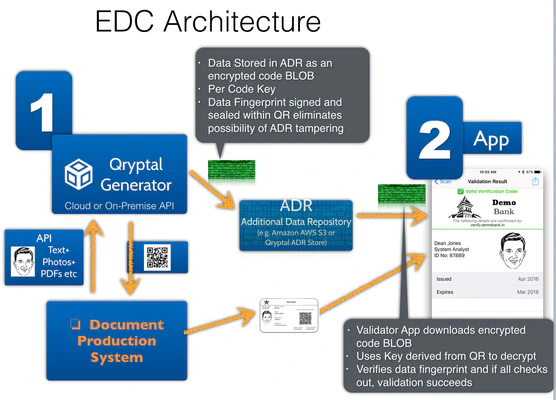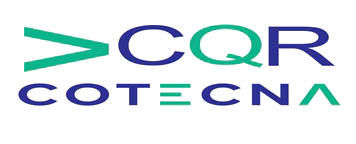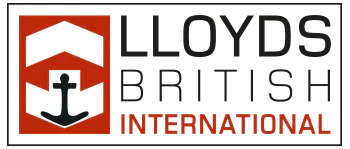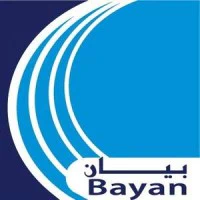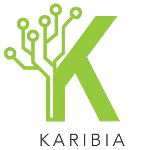At its core, our technology makes any PDF document tamper-proof and instantly verifiable by a third party in a server-less architecture.
Qryptal’s solution plugs into existing PDF document production systems and generates a highly secure digital signature with embedded data to be placed on the document as a barcode. After that, anyone can instantly verify the credibility of the information, through an App on their smartphone.
This novel architecture provides many benefits:
Server-less: this enables the solution to scale and also makes it virtually maintenance free. Since there are no servers, once the PDF document is issued - no further infrastructure is required needed to keep it verifiable.
Security: Based on PKI, it is much more secure than typical internet banking
Off-line Verification: Since the Qryptal code is self-contained, no network connectivity is needed to validate the information.
Works for electronic as well as printed PDF documents: The Qryptal code has a physical embodiment (barcode) which makes it transcend both electronic and printed copies of the PDF document.
Privacy: Qryptal helps safeguard and protect the privacy of the customer and institution in an uncomplicated logical manner
The essential workflow for deploying Qryptal is to integrate with the Qryptal Generator API so that the Qryptal Secure QR Code can be generated and seamlessly added to your documents in order to enable easy validation.

For validation, users can install the Document Validator App. You can try the following steps to install it on your mobile phone:
- On your mobile, visit verify.demobank.in and install the app
- After the app has been installed, scan the code below:

Sample PDF Document with Qryptal Code


Qryptal Secure QR Codes are of two types:
- Primary Data Codes (PDC): These are self- contained codes which encapsulate all the information within the code itself. The recommended capacity of these codes is about 2,000 characters - enough for a textual bank account statement like the sample given above.
- Extended Data Codes (EDC): These codes can also contain attachments like images and PDF files. The attachments are encrypted and stored as BLOBS in object store. The decryption key and their fingerprints are stored within the QR. This prevents any subsequent tampering of the codes.
Both the codes can be revoked or chained with a new code.


